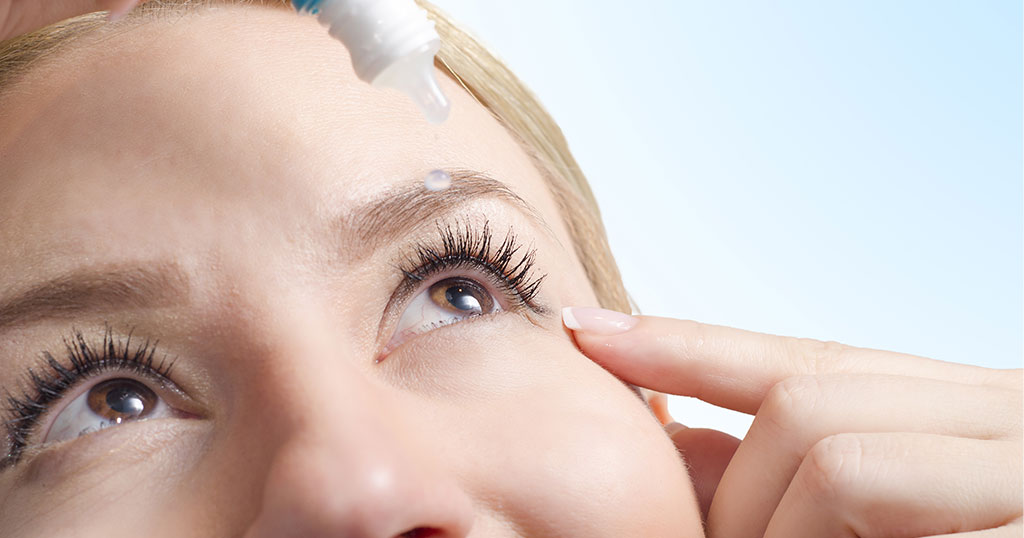
Side effects of Glaucoma eye drops
This blog on the side effects of glaucoma eye drops has been contributed Dr. Salman Waqar, Consultant Ophthalmologist in Cataract and Glaucoma Surgery
Glaucoma is a serious eye condition that can lead to blindness if left untreated. It occurs when there is damage to the optic nerve, which is responsible for transmitting visual information from the eye to the brain. One of the primary causes of optic nerve damage in glaucoma is increased pressure inside the eye, also known as intraocular pressure. Glaucoma eye drops are a common treatment option that can help to lower intraocular pressure and prevent further damage to the optic nerve.
Glaucoma eye drops work by either reducing the amount of fluid that is produced in the eye or by increasing the drainage of fluid out of the eye. There are several different classes of eye drops that are commonly used to treat glaucoma, including prostaglandin analogs, beta blockers, alpha agonists, and carbonic anhydrase inhibitors.
Prostaglandin analogs are often the first line of treatment for glaucoma because they are very effective at lowering intraocular pressure and have few side effects. They work by increasing the drainage of fluid out of the eye. Commonly used prostaglandin analogs include latanoprost, bimatoprost, and travoprost.
Beta blockers work by reducing the amount of fluid that is produced in the eye. They are typically used in combination with other types of eye drops to achieve greater reductions in intraocular pressure. Commonly used beta blockers include timolol, betaxolol, and levobunolol.
Alpha agonists work by reducing the production of fluid in the eye and increasing the drainage of fluid out of the eye. They are often used in combination with other types of eye drops as well. Commonly used alpha agonists include brimonidine and apraclonidine.
Carbonic anhydrase inhibitors work by reducing the amount of fluid that is produced in the eye. They are typically used in combination with other types of eye drops. Commonly used carbonic anhydrase inhibitors include dorzolamide and brinzolamide.
It is important to use glaucoma eye drops as prescribed by your eye doctor. Using the drops as directed can help to reduce intraocular pressure and prevent further damage to the optic nerve. However, it is also important to be aware of the potential side effects of glaucoma eye drops. Some common side effects include stinging or burning of the eyes, redness, blurred vision, and changes in eye color or eyelash growth. If you experience any side effects, be sure to discuss them with your eye doctor.
In conclusion, glaucoma eye drops are an effective treatment option for lowering intraocular pressure and preventing further damage to the optic nerve. There are several different types of eye drops available, each with its own benefits and potential side effects. It is important to work closely with your eye doctor to determine the best course of treatment for your individual needs. With proper use and monitoring, glaucoma eye drops can help to preserve your vision and improve your quality of life.